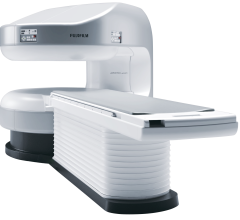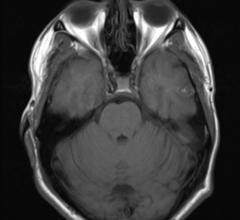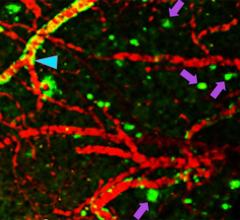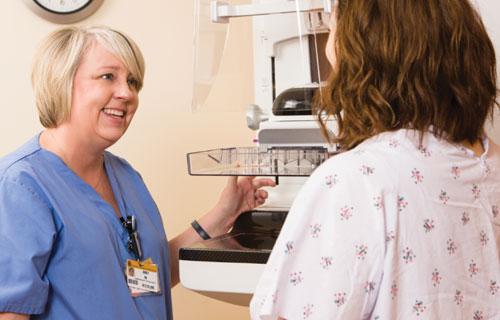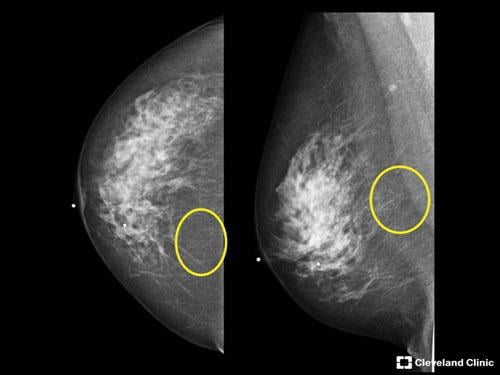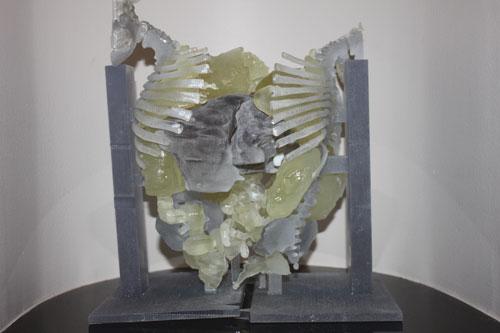Dicom Systems announced that the company was awarded a vendor neutral archive (VNA) contract to deploy its Unifier Enterprise Archive at Dental Information Systems Center (DISC), located in Joint Base San Antonio — Fort Sam Houston in San Antonio, Texas.
At one time, there wasn’t much risk in medical imaging. A federal program called Medicare Pass-Through used to pay hospitals for new equipment based on their percentages of Medicare patients.
Fujifilm’s APERTO Lucent is a 0.4T mid-field, open MRI system addressing today’s capability and image quality needs ...
November 2, 2016 — A new report on Swedish men with non-aggressive prostate cancer suggests a lot more American men ...
Lack of shrinkage in the area of the brain responsible for memory may be a sign people with thinking and memory problems may go on to develop dementia with Lewy bodies rather than Alzheimer’s disease, according to a new study. Shrinkage in this hippocampus area of the brain is an early sign of Alzheimer’s disease.

SPONSORED CONTENT — Fujifilm’s latest CT technology brings exceptional image quality to a compact and user- and patient ...
A study by University of North Carolina Lineberger Comprehensive Cancer Center researchers has found that younger, uninsured women in North Carolina had higher odds of missing a 60-day window for getting follow-up after an abnormal mammogram, even though research underscores the importance of timely follow-up.
SPONSORED CONTENT — Fujifilm’s latest CT technology brings exceptional image quality to a compact and user- and patient ...
November 2, 2016 — By the time unambiguous signs of memory loss and cognitive decline appear in people with Alzheimer’s ...
Eizo Inc. announced the release of the RadiForce GX550, a 21.3-inch, 5 megapixel monitor for viewing detailed digital breast tomosynthesis and mammography images. It is the successor model to the RadiForce GX540 and features superior imaging capability and ease-of-use.
Researchers at Stanford University have demonstrated for the first time the use of a dual optical and positron emission tomography (PET)/computed tomography (CT) activity-based probe to detect atherosclerotic plaques. The study is published in the October issue of The Journal of Nuclear Medicine.
SPONSORED CONTENT — EnsightTM 2.0 is the newest version of Enlitic’s data standardization software framework. Ensight is ...
November 1, 2016 — Two new studies have documented the value of the BioZorb marker in improving the treatment of women ...
Specifically training oncologists and their patients to have high-quality discussions improves communication, but troubling gaps still exist between the two groups, according to a new study in JAMA Oncology.
Konica Minolta announced it will be introducing a series of new ultrasound accessories and technologies at the 2016 annual meeting of the Radiological Society of North America, Nov. 27-Dec. 2 in Chicago.
Did you know that approximately one-third of all the data in world is created by the healthcare industry and that ...
For a long time, the ongoing joke on the floor of the McCormick Place after Thanksgiving was that RSNA stood for Real Systems Not Available. And, like all humor that lasts, there is truth to it. But that truth is changing.
Using magnetic resonance imaging (MRI), researchers at Washington University School of Medicine in St. Louis have identified areas in the brains of children with Tourette's syndrome that appear markedly different from the same areas in the brains of children who don't have the neuropsychiatric disorder.
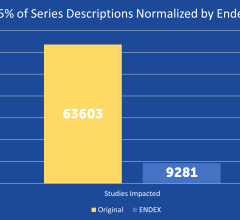
SPONSORED CONTENT — EnsightTM 2.0 is the newest version of Enlitic’s data standardization software framework. Ensight is ...
Mammography has been the gold standard for breast cancer screening ever since it was proven to reduce mortality in clinical trials in the 1960s. A 2015 report from the U.S. Department of Health and Human Services (HHS) revealed, however, that only 66.8 percent of women age 40 and over — the demographic traditionally targeted for screening — had received a mammogram in the previous two years.1 Understanding of fibroglandular breast density and its impact on cancer detection, as well as new screening guidelines that challenge conventional wisdom, are among the factors impacting compliance rates, and they suggest that screening has evolved beyond the one-size-fits-all approach of using mammography alone.
Recently, I was invited to participate in a roundtable discussion focused on uncovering the challenges and ...
Healthcare spending is on the rise. According to a 2014 forecast by FMI, a market research group, total global healthcare spending will reach $52 billion by 2018 — less than two years away. Further research shows that nearly half of the money (40 percent) will be spent on equipment, an encompassing term that includes everything from beds to gurneys to imaging equipment. Radiology actually makes up the lion’s share of equipment costs, accounting for approximately 1/5 (depending on the type of facility) of total equipment expenditures, per a 2015 report from market research firm Medical Architecture Planning Systems. At the same time, it is also a major revenue driver for hospitals, with radiology expected to account for $49 billion of total global medical imaging revenue by 2020, according to BCC Research, a market research company.
As healthcare continues to march forward with numerous reforms, it falls to its various accrediting bodies to set standards to guide actual progress. Radiology is subject to many such accrediting bodies, but perhaps the largest is the Joint Commission, which oversees accreditation for all healthcare specialties. The most recent updates — including changes to the survey process itself as well as the scoring system — could have a major impact on radiology departments as a whole. Judith M. Atkins, RN, MSN, president and CEO of McKenna Consulting, spoke to radiology administrators at the 2016 annual meeting of the Association for Medical Imaging Management (AHRA) to help them parse through some of the latest updates and decide how best to address them.
Science fiction offers a lot of ideas for creating new body parts on demand, and the advancement of 3-D printing (also called additive manufacturing) is slowly translating this idea into science fact. Today, the 3-D printed anatomic models created from patient computed tomography (CT), magnetic resonance imaging (MRI) or 3-D ultrasound imaging datasets are used for education and to plan and navigate difficult procedures. These models are used to teach about complex or rare cardiac or congenital conditions that up until recently could only be seen using examples extracted from cadavers. Anatomical models of rare cardiac anatomy can be printed on-demand from CT scans of surviving patients.
I doubt any of us will forget 2016. Events, both tragic and bizarre, have owned the headlines and have provided more than a little water cooler fodder. As we close another year of activity within our own world of medical imaging, we too have had plenty to talk about. From acquisitions to rebranding; from new product releases to updated vendor platforms. There was nary a week that went by without something interesting hitting my feeds. Here are some important developments that I believe are making waves and setting the course for imaging, specifically enterprise imaging, as we move further into the second half of this second decade of the 21st century.

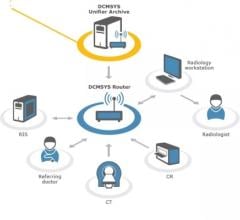
 November 03, 2016
November 03, 2016 


